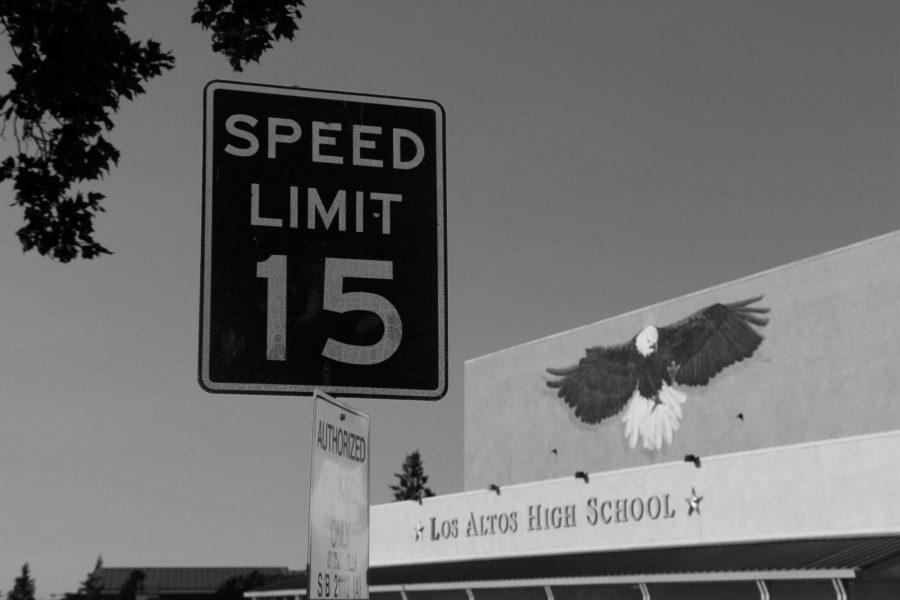Students are too quick to judge new speed limit
Recently, the city changed surrounding school speed limits from 25 to 15 mph for 500 feet in all directions from the center of the school. The city council instituted the change after years of resident complaints about the school traffic, in addition to a noticeable spike in pedestrian and bike accidents during the school year. The aim of the lower speed limit is to decrease the amount and severity of traffic accidents and, as a result, decrease traffic due to accidents — agreeably good aims.
However, this well-intended change will only be effective if drivers, especially students, understand and abide by the law. Contrary to their current mentalities, students should strive to follow the new speed limits for their own and others’ safety. This speed limit will decrease the risk of injury and accidents for all students.
In a Talon poll of 63 juniors and seniors, 81 percent did not approve of the change. A concerning 89 percent felt that the new speed limit would not be effective in slowing drivers down, and a majority said they would not change their driving as a result of it. This mindset is counterproductive to benefitting student drivers. Students who drive must realize that they and their friends are the major beneficiaries of this new law, and they need to slow down in order to prevent accidents and resulting traffic around the school.
Unsurprisingly, extensive studies show that vehicles travelling at lower speeds are less likely to cause injury and/or severe accidents in case of a collision. A National Highway Traffic Safety Administration study reported that only five percent of pedestrians are fatally injured when hit by a vehicle traveling 20 mph or less.
Despite what students may think about the feasibility of this new law, further research also supports the idea that lower speed signs are actually effective in decreasing the speeds of drivers. A 2009 study conducted by the Texas A&M Transportation Institute showed that the measured 85th percentile speed, or the speed that 85 percent of drivers are traveling below, is about five to seven mph higher than the posted school speed limit, even when the speed limit is lowered in a school zone. It does not matter whether every single person that passes by the school goes exactly 15 mph — the change is going to be effective because, on average, many people will go 15 mph, and those that do not will still go significantly slower than they would in a 25 mph zone.
The truth is that student drivers like to drive fast. Some people think it is cool, and many drivers think that speeding will help them get from point A to B significantly more quickly. But students will benefit the most from this new speed limit, and they will not be able to reap the long-term benefits of the change unless they do their part to make it happen. The safety benefits of driving slower far outweigh the cost of spending a few extra seconds commuting, and in order to prevent serious injury to themselves and others, it is imperative that student drivers abide by the new 15 mph speed limit surrounding the school.



